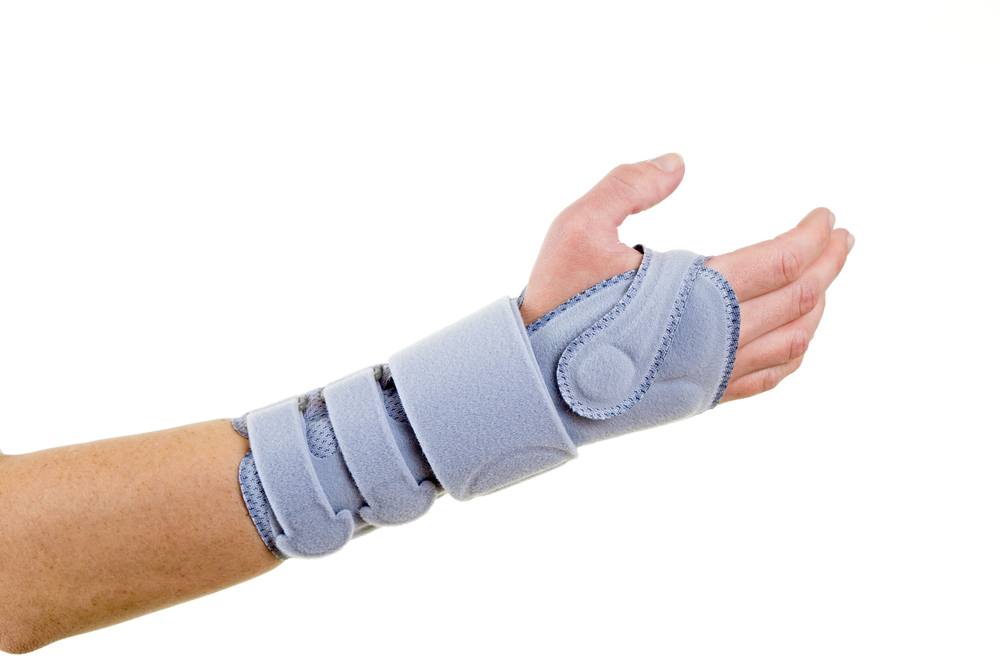Carpal Tunnel Syndrome and Corticosteroid Injections: An Overview
Carpal Tunnel Syndrome (CTS) is a common condition that affects the hand and wrist, causing symptoms like pain, numbness, and tingling. These symptoms result from the compression of the median nerve as it passes through the carpal tunnel in the wrist. This condition can significantly impact daily activities and quality of life. In this article, we will explore how corticosteroid injections are used as a treatment for CTS and their effectiveness in managing its symptoms.
Understanding Carpal Tunnel Syndrome
Carpal Tunnel Syndrome typically arises from a combination of factors that increase pressure on the median nerve and tendons in the carpal tunnel. Common causes include repetitive hand movements, wrist anatomy, certain health conditions, and possibly genetic predisposition. As the nerve becomes compressed, patients may experience sensations ranging from mild occasional numbness to severe pain and even muscle weakness.
Diagnosing Carpal Tunnel Syndrome
Diagnosis of CTS typically involves a physical examination and may include conducting nerve conduction studies to measure how electrical impulses move through the median nerve. Imaging tests like ultrasound and MRI can also help in assessing the severity of the nerve compression.
The Role of Corticosteroid Injections
Corticosteroid injections are commonly used to treat inflammation in various parts of the body, including the carpal tunnel. These injections contain a powerful anti-inflammatory medication, which can reduce swelling and alleviate pressure on the median nerve.
How Corticosteroid Injections Work
When administered directly into the carpal tunnel area, corticosteroids decrease the inflammation and swelling of the nerve and surrounding tissues. This reduction in swelling can relieve the compression on the median nerve, providing significant symptom relief. The effects of these injections can vary, but they typically provide temporary relief lasting from a few weeks to several months.
Benefits of Corticosteroid Injections
For many patients, corticosteroid injections can provide rapid and significant relief from the pain and numbness associated with CTS. They are particularly beneficial for individuals who experience intermittent symptoms and are seeking temporary relief. These injections can also be a useful diagnostic tool, helping to confirm that the median nerve is the source of the symptoms.
Potential Risks and Considerations
While corticosteroid injections can be effective, they are not without risks. Possible side effects include pain at the injection site, infection, nerve damage, and a rare chance of tendon rupture. Repeated injections may lead to weakening of the soft tissues in the area, which is why the number of injections one can receive in a year is typically limited.
Other Treatment Options
In addition to corticosteroid injections, treatment options for Carpal Tunnel Syndrome include wrist splinting, lifestyle modifications, physical therapy, and in severe cases, surgery. Splinting and lifestyle changes can help alleviate symptoms without the need for invasive procedures. Physical therapy can also be beneficial in strengthening the muscles around the wrist and improving ergonomics to prevent further nerve compression.
Corticosteroid injections are a valuable treatment for relieving the discomfort caused by Carpal Tunnel Syndrome. However, they are best used as part of a comprehensive treatment plan tailored to the individual’s specific needs. Patients should discuss all possible treatment options with their healthcare provider to determine the best approach for managing their symptoms. This careful planning and discussion ensure the most effective use of corticosteroid injections, maximizing benefits while minimizing risks.



